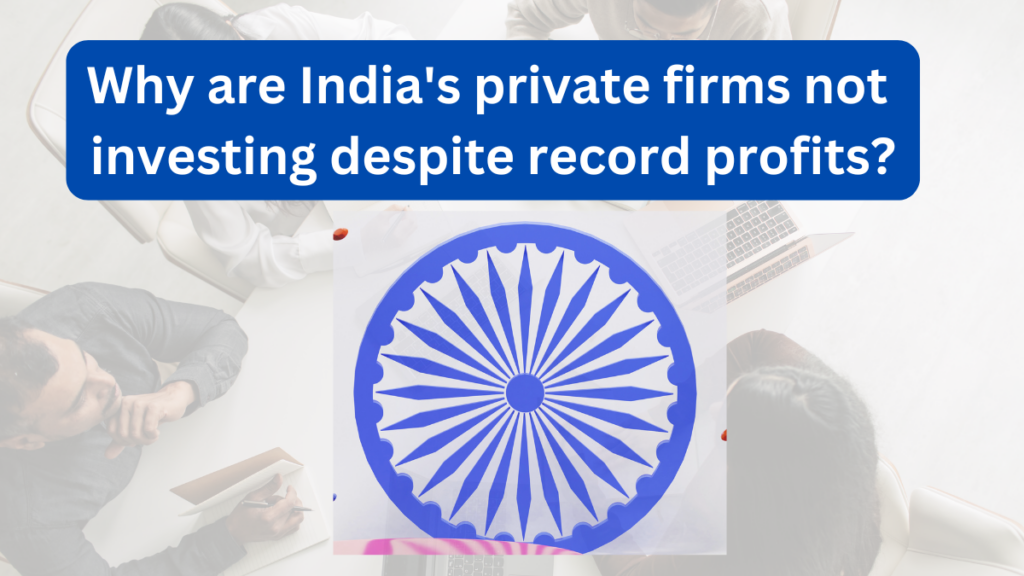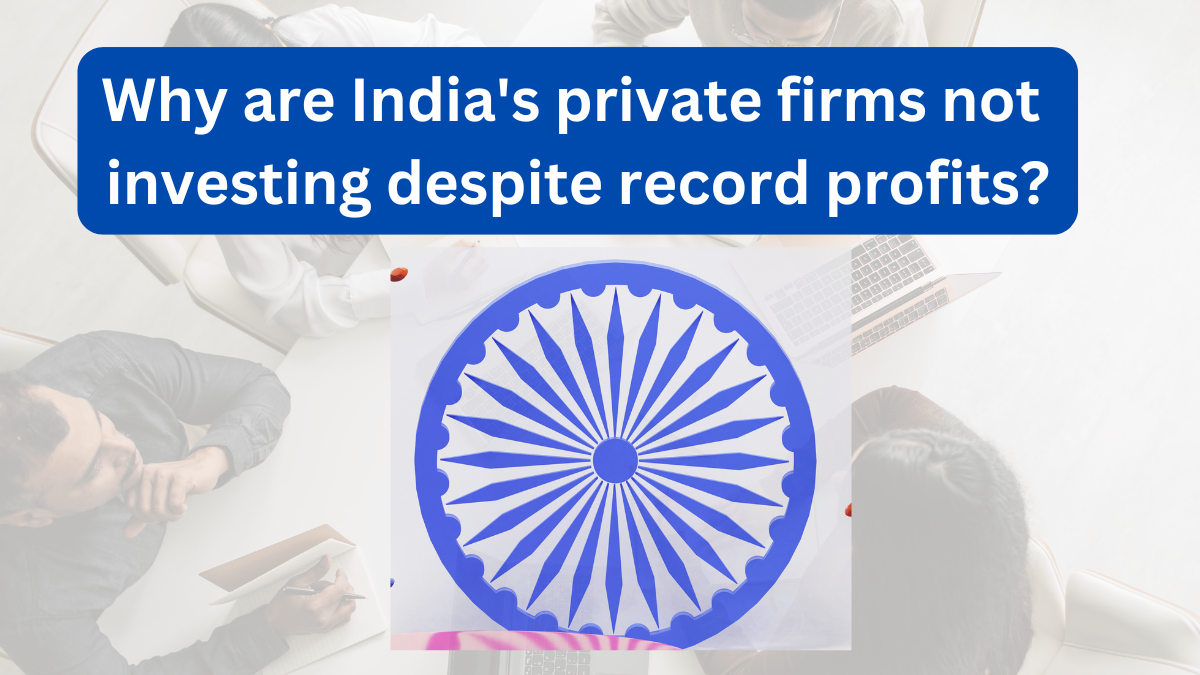India’s private sector has long been a powerhouse in driving economic growth. Yet, in recent years, corporate spending on new factories and firms has been falling behind, raising concerns about long-term growth prospects. Let’s explore the factors behind this trend, the challenges companies face, and what might spark a renewed investment drive.

Current Investment Trends
Despite robust economic growth, private investment as a share of GDP has been slipping since the global financial crisis of 2007. Although there was a brief revival in 2022 and 2023, recent data indicates that private sector expenditure dipped to a decadal low of 33% this financial year. Analysis from ratings agencies reveals:
-
Listed Companies: Investment pace has moderated.
-
Unlisted Companies: Investment levels have actually contracted.
This downward trend, noted by economists over the years, suggests that India’s corporate houses are becoming increasingly cautious in their capital deployment.
Factors Restricting Investment
Several reasons explain why companies are holding back from making new investments:
-
Weak Domestic Consumption: Urban areas show tepid consumer demand.
-
Muted Export Demand: Reduced global demand has impacted growth.
-
Influx of Cheap Imports: Low-cost Chinese products have added competitive pressure.
-
Global Uncertainties: Tariffs and overcapacity in certain industries further complicate planning.
The vertical table below highlights these factors alongside their impacts:
| Key Factor | Impact/Description |
|---|---|
| Domestic Consumption | Sluggish urban demand limiting new investment justifications |
| Export Demand | Global slowdown curbing international market opportunities |
| Chinese Imports | Affordable alternatives reducing domestic capacity expansion |
| Global Uncertainties | Trade tariffs and economic unpredictability are delaying investments |
Government Initiatives and Their Impact
The government has actively sought to stimulate investment through various measures:
-
Increased Infrastructure Spending: Heavy public investments to boost overall economic activity.
-
Corporate Tax Cuts: A reduction from 30% to 22% to incentivize corporate spending.
-
Production-Linked Subsidies: Billions of dollars aimed at reviving manufacturing.
However, despite these efforts, many private companies remain cautious. As Sajjid Chinoy, JP Morgan India’s Chief Economist, explains, “Just because companies are financially strong doesn’t mean they will automatically invest. They will only invest if they expect good returns.”
Expert Perspectives
Industry veterans and economists have shared their insights into why the current environment isn’t spurring growth:
-
Inherited Wealth vs. New Ventures: Banking tycoon Uday Kotak and others warn that many business heirs prefer managing existing wealth rather than taking on the risks of new ventures.
-
Post-Pandemic Recovery: Although corporate profits have surged to a 15-year high, wage declines and an uneven recovery among the consumer class have dampened demand.
-
Structural Issues: Former PMEAC member Rathin Roy highlights a lack of entrepreneurial energy and an over-reliance on traditional markets, such as urban construction, where excess inventory exists.
These insights underscore the idea that while external conditions and government policies have evolved, the fundamental appetite for risk and innovation in investment remains subdued.
Looking Ahead: What Will Spark Change?
For India to achieve its high-income status by 2047, the World Bank estimates that the combined private and public investment must climb from 33% to at least 40% of GDP. To ignite this change, experts believe:
-
Enhanced Consumer Demand: Strengthening the domestic market will be key.
-
Diversifying Investment Horizons: Tapping into tier two and tier three markets could open up new opportunities.
-
Reigniting Entrepreneurial Spirit: A cultural shift is needed to encourage business heirs and established companies to invest in creating new businesses rather than simply managing wealth.
Interest rate cuts and fiscal relief measures, such as the recent $12bn income tax break, are positive signs. However, only time will tell whether these initiatives will translate into tangible investment in new factories and firms.
Frequently Asked Questions (FAQs)
Q1: What are the main reasons behind the decline in private investment in India?
A: The decline is primarily due to weak domestic consumption, muted export demand, an influx of cheap imports, and global uncertainties that discourage companies from expanding capacity.
Q2: How have government policies attempted to boost private investment?
A: The government has increased infrastructure spending, reduced corporate tax rates, and provided production-linked subsidies, although these measures have yet to significantly spur corporate investment.
Q3: What role does consumer demand play in influencing private investment?
A: Consumer demand is crucial. An expanding middle class with higher spending power would encourage companies to invest in new production capacities. However, an uneven post-pandemic recovery and wage stagnation have restrained this demand.
Q4: Can private investment help India achieve its long-term economic goals?
A: Yes, experts argue that increasing both public and private investments to at least 40% of GDP is essential for India to sustain high growth rates and reach its high-income status by 2047.
By understanding the complex interplay of these factors, it becomes clear that reigniting India’s private investment engine will require both structural reforms and a renewed entrepreneurial drive. Only then can the nation build the factories and firms necessary for future growth.
Click here to learn more
Pari is a passionate writer known for captivating stories that blend imagination and reality. Inspired by travel, history, and everyday moments, Pari crafts narratives that resonate deeply with readers.
